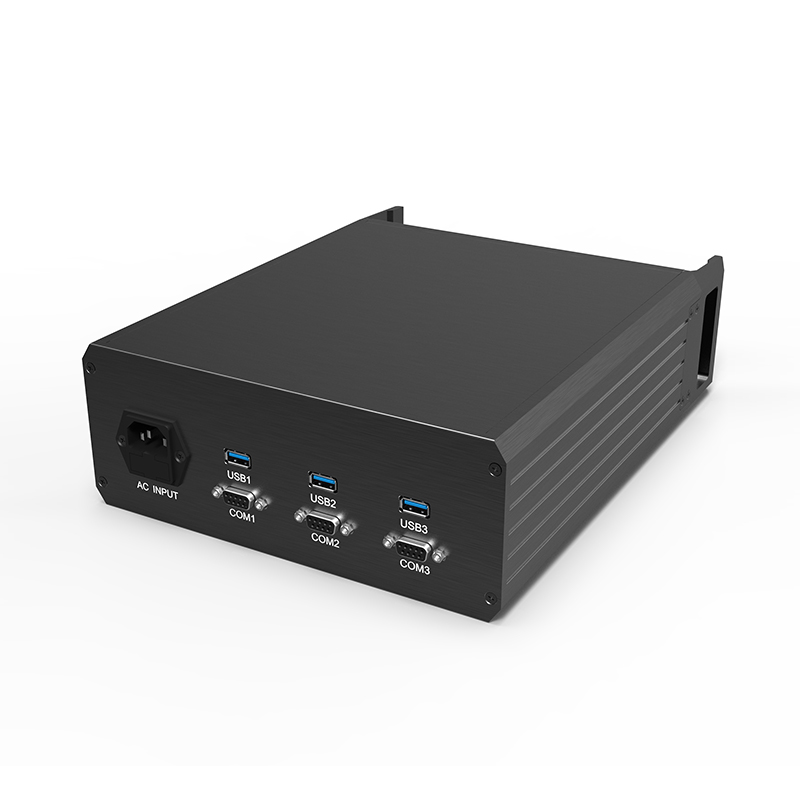With the current demand for lightweight in many markets, aluminum alloys have become the first choice for more and more component manufacturers. At the same time, the processing of aluminum alloy products has also attracted much attention, and aluminum alloy enclosure is one of them. However, the aluminum alloy enclosure will always encounter some problems and some defects in the production process. The following simple analysis how to deal with these common problems.
1. Burr treatment
Burrs and burrs often occur during the processing of aluminum alloy enclosure. Various sharp edges and irregular burrs will appear at the edges or transitions. This situation not only affects the appearance of aluminum alloy enclosure, but also is very easy to apply. Hurt your hand. In order to improve the quality of aluminum alloy enclosure, manufacturers will use polishing to remove burrs. Simple cases can be removed with manual assistance, while complex cases need to be improved with special machines.
2. Scratch treatment
Although the aluminum alloy enclosure has high hardness, it is very easy to be scratched during the production process. This situation may be caused by the friction of the mold, machine table, transportation track, debris, etc., or even during the handling process. Caused by improper operation. The scratched aluminum alloy enclosure cannot be regarded as a finished product or a high-quality product, so special treatment is required at this time. The subtle scratches can be treated with polishing and wire drawing, and the serious ones need to be covered by plating. The more common one is plating with a metal layer. Or oxide layer.

3. Stain treatment
When the aluminum alloy enclosure is formed by die-casting, it is easy to be mixed with dust and debris, leaving stains on the surface of the aluminum shell, or leaving fingerprints and fingerprints during transportation. These conditions will affect the appearance and quality of the aluminum alloy enclosure. Therefore, it is necessary to use electroplating and anodizing to deal with blemishes and stains, and it can also enhance the physical properties of the aluminum alloy enclosure, making it more durable, and it is not easy to leave fingerprints and fingerprints in the later use process, and it is easy to clean. Therefore, even if there is no stain on the surface of the aluminum alloy casing during the production and processing process, these surface treatment processes need to be used to make the aluminum alloy casing more perfect.
From the above brief description, we can see that the production and processing process of aluminum alloy enclosure is not simple and smooth. In this process, various accidents and problems will still be encountered. Therefore, if you want to get finished and high-quality shells , Still need more attention and work harder.
Common problems in the production of aluminum alloy enclosure
2020-12-23



